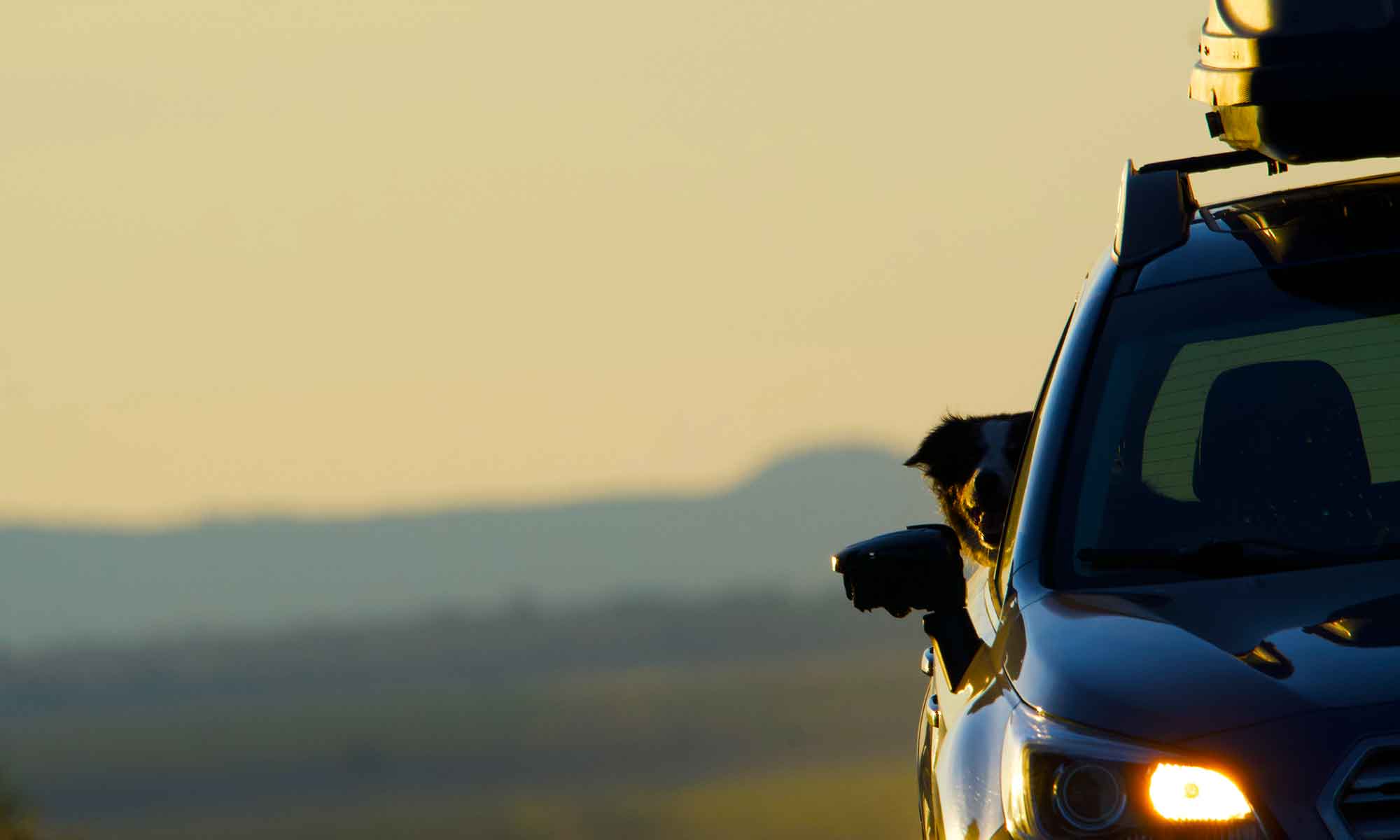
Foul weather is the reason most stated for not going outside … saw it on FaceBook, I think. Since moving to Central Oregon we’ve grown very attached to iPhone weather apps. Our weekly sojourns are guided by the trove of information available via this visual piece of software, now bundled with iOS.
Weather permitting, we like to take in at least one winter day at Summer Lake Wildlife Refuge.

Granted, peak birding season is March to May when a majority of the migratory birds are in the flyway. But winter weather doesn’t just affect wildlife, there are seasonal changes to vegetation around this marshy lowland.
Weather on the valley floor is dependent on and very different from Fremont Ridge to the south or Abert Rim to the East.


Summer Lake and La Pine are at nearly the same elevation with a couple of ancient lava mounds between them.
Our day starts in a pine forest as Highway 31 scales the southern edge of Paulina’s lava flow. At the Fort Rock junction scenery changes to sage. There is a distinct high desert landscape along the southern edge of Christmas Valley, through Silver Lake.
From there it’s a gradual climb up the western slope of Fremont Ridge. Looking back, west from Picture Rock Pass, you’ll get a better sense of that elevation change.
From the same vantage point looking east, Summer Lake sits in a wide valley butted up to the nearly vertical rockface of Fremont Ridge. The slope along the lake’s southern edge, and in the distance Abert Ridge, present great photo backdrops. Wind has scraped recent snowfall into crevices defining Fremont Ridge as it pushes up from the valley.

In the refuge’s marsh golden shades of reeds and grass jutting out of snow add texture, as well as color.

It’s the middle of duck season and RV’s fill the camp sites but we encounter no one.

It’s a cold, sunny mid-week day and we’re finding lots of landscape photo ops, as well as a handful of raptor sightings. Just a typical winter’s day at Summer Lake.





































 As always we spent some time on the Crooked River. Levels are coming up which bodes well for better fishing in the future.
As always we spent some time on the Crooked River. Levels are coming up which bodes well for better fishing in the future.






































 The lack of any wind and the sun made for a comfortable day of walking the wildlife refuge’s paths. It’s still a few months before the migration brings flocks of birds to the space, but for now we can find plenty of other subjects for the lens of our cameras.
The lack of any wind and the sun made for a comfortable day of walking the wildlife refuge’s paths. It’s still a few months before the migration brings flocks of birds to the space, but for now we can find plenty of other subjects for the lens of our cameras.